
How I use Chilli Focus
Chilli Focus is a liquid fertilizer I use to fertilise my Chillies at various stages in their development. I first use it when my seedlings have developed their true leaves. At this point, I pot on the seedlings into two-inch pots. I use my own potting mixture for potting on. The dosage I use for the seedlings at this stage in their development is 2.5 millilitres per litre of water. This is all the seedlings need, as they are still quite small. In addition to the nutrients Chilli Focus provides, the seedling also absorbs nutrients from the potting mixture.
I continue feeding the plants at this dosage until they need to be potted on again. This is when they have reached the same size as their pot. The same size as pot rule then applies, and I pot them into the next size up container
It is at this point that I up the dosage of Chilli Focus to 5 ml per litre of water. I water the seedlings with this strength solution every second watering. This continues until the seeds have been transplanted into one lite container and ready to be hardened off.
After hardening off, I switch other fertilizers, as I believe they do a better job. The manufacturers claim you can use Chilli Focus right through the season without switching. They recommend changing the dosage to ten millilitres of Chilli Focus at the first sign of buds. They claim this dosage will be enough fertilisation to support the plant through blooming and fruiting
I am not saying this is wrong. However, when I compare the NPK of the fertilizer I switch to at this stage, there really is no comparison. At 10 millilitres per litre, Chilli focus has an NPK of roughly 5.5: 2: 8.8. The fertilizer I use has an NPK of 15 -15 -30. In my opinion, the higher phosphorus and potash content make all the different in encouraging blooming and fruit set
Final thoughts
I cannot recommend Chilli Focus highly enough for use until hardening off. It does a good job. So much so, I have written a page about it without any invitation from the manufacturers. The page was written of my own volition as a recommendation to help other Chilli growers. I believe it definitely improves Chilli growing. Unless something else comes to my attention, Chilli Focus will be my standard for the purpose mentioned
 Balancing heat and flavour
Balancing heat and flavour
Chillies are more than just a source of heat; they add depth, complexity, and vibrant colour to dishes from around the world. Whether you’re a seasoned spice lover or just beginning to explore the world of chilies, understanding how to balance heat and flavour, select the right chilli for each dish, and handle chilies safely is essential. Here’s a comprehensive guide inspired by the expertise and recipes from The Chilli Workshop, focusing on chillies commonly found in the UK.
Cooking with chilies can seem intimidating at first, especially with the vast array of varieties available. However, with a bit of knowledge and practice, you can harness the unique qualities of each chili to enhance your culinary creations. Chilies are used in a variety of global cuisines, from the fiery curries of India to the tangy hot sauces of the Caribbean. They not only provide heat but also contribute complex flavours ranging from fruity and sweet to smoky and earthy.
of varieties available. However, with a bit of knowledge and practice, you can harness the unique qualities of each chili to enhance your culinary creations. Chilies are used in a variety of global cuisines, from the fiery curries of India to the tangy hot sauces of the Caribbean. They not only provide heat but also contribute complex flavours ranging from fruity and sweet to smoky and earthy.
Balancing heat and flavour is a critical aspect of cooking with chilies. Too much heat can overwhelm a dish and mask other flavours, while too little might leave your dish lacking the desired punch. Understanding how to use different chilies to achieve the perfect balance is key. This involves not only selecting the right chili for your recipe but also knowing how to pair chillies with other ingredients to enhance and complement their flavours. For example, smoky chipotle peppers add a rich depth to stews, while bright jalapeños deliver a fresh, zesty kick to salsas.
Read more
 The best soil for growing Chillies
The best soil for growing Chillies
Growing chillies involves more than just planting seeds and watering them occasionally. It’s a journey where we nurture them through every phase of their growth, ensuring they have the right conditions to thrive. This includes growing Chillies in the best soil you can . The soil they grow in is like their home—it’s where they get their food and support to grow big and strong. As chilli enthusiasts, we’re committed to learning all we can about soil care to give our plants the best chance to flourish.
plants the best chance to flourish.
Once chilli seeds sprout, they go through three main stages of growth: first, they’re delicate seedlings, then they grow a lot of leaves and stems, and finally, they start to flower and make fruit. Each stage is like a different chapter in their story, with its own set of needs. At each stage, they have different requirements , so we have to adjust their soil and pots to meet those needs and help them grow well.
In this guide, we’ll dive deeper into understanding what happens to chilli plants at each stage of growth, what they need to eat to stay healthy, and we’ll provide examples of soil mixes that work best for them. By learning these basics, we can take better care of our chilli plants, ensure they’re happy and healthy, and ultimately, reap the rewards of a bountiful harvest. So, let’s roll up our sleeves and get ready to grow some fantastic chillies! Read more
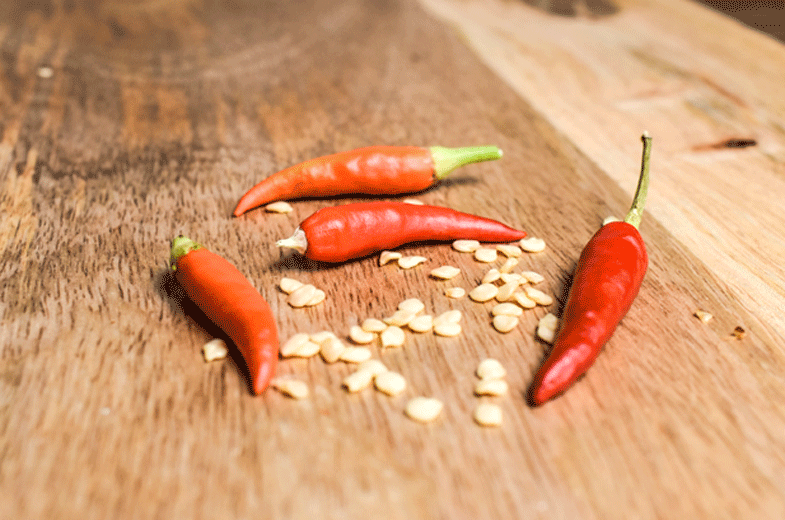
Cost effective
Chillies, with their vibrant and diverse array of flavours ranging from the mild sweetness of bell peppers to the scorching intensity of Habaneros, have captivated and tantalized the world’s culinary senses for centuries. Whether you’re a seasoned horticulturist with years of experience or just embarking on the fascinating journey of pepper cultivation, the act of saving chilli seeds emerges as a profoundly eco-friendly and remarkably cost-effective method. It guarantees a steadfast and deeply satisfying harvest of your cherished pepper varieties with each passing growing season. 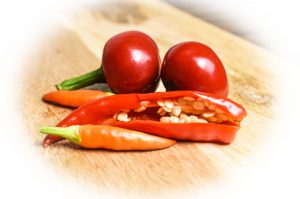
The practice of saving chilli seeds extends beyond mere horticultural pragmatism. It embodies sustainability at its core, cultivating a legacy that transcends generations. Not only is it a gratifying endeavour, but it also serves as a vital conduit for preserving the distinct and cherished characteristics of your beloved Chilli varieties Picture, for a moment, the delightful jalapeño that elevated your salsa to perfection or the heirloom chilli whose cultural significance resonated with you. By carefully and thoughtfully saving their seeds, you embark on a culinary journey that ensures the replication of those exceptional flavours, intoxicating aromas, and distinctive heat levels in your future harvests. Beyond the gastronomic realm, this act empowers you to actively participate in the preservation and perpetuation of heirloom and open-pollinated chilli varieties, safeguarding their survival and cultural heritage, a vital link between the past and the future.
In this extensive and informative guide, we are committed to immersing ourselves even further into the intricate art of saving chilli seeds, offering an abundance of detailed insights and invaluable tips that will empower you to cultivate exceptional Chill plants year after year. So, without further ado, let’s grab our secateurs, step into the garden, and commence the thrilling process of hand-picking your favourite chillies Read more
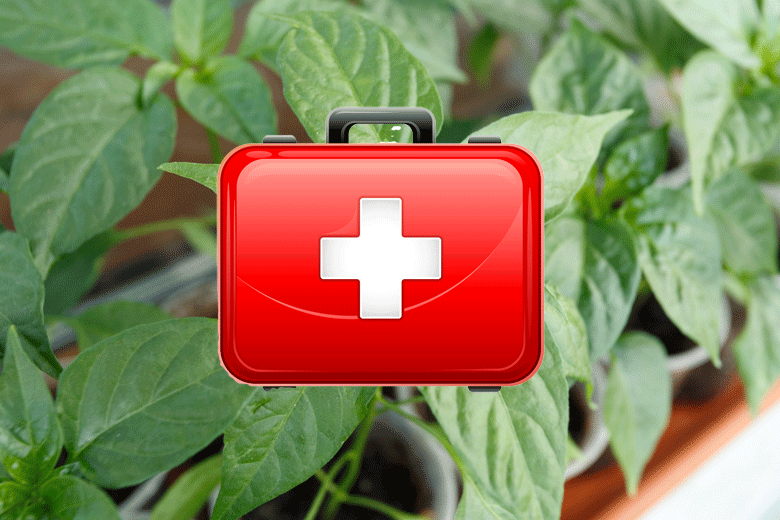
Distorted growth
I have a batch of chilli seedlings that are not thriving as well as the others I planted at the same time. They are small and exhibit stunted growth, showing signs of various nutrient deficiencies. These deficiencies include yellowing at the leaf edges (leaf margin chlorosis) and browning at the tips of the leaves. To address this issue, I have decided to conduct an experiment using a multi-pronged approach.
Considering that the stunted growth could be attributed to various factors such as seed viability, watering, lighting, pests (like aphids), and the mentioned nutrient deficiencies,I will systematically tackle each potential obstacle to promote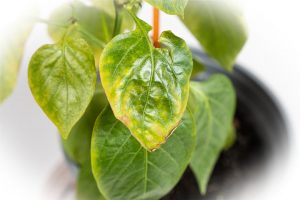 healthier growth in these plants.
healthier growth in these plants.
While there is not a lot I can do if the initial problem was seed viability I will do everything I can to see if it is possible to address the other potential causes
Firstly, I will ensure that the plants are free of aphids. I plan to wash them thoroughly and apply an aphid treatment to keep them aphid-free for a while.
Next, I will change the potting soil, making sure the pH falls between 5 and 6, as Chilli plants prefer slightly acidic soil. Alongside this, I will treat the seedlings’ roots with an inoculant of mycorrhizal fungi, which can enhance nutrient uptake by establishing a beneficial relationship with the plant roots. In this way, I hope that the plants will rapidly absorb the nutrients I will be feeding them and go on to recover and become healthy plants
Read more
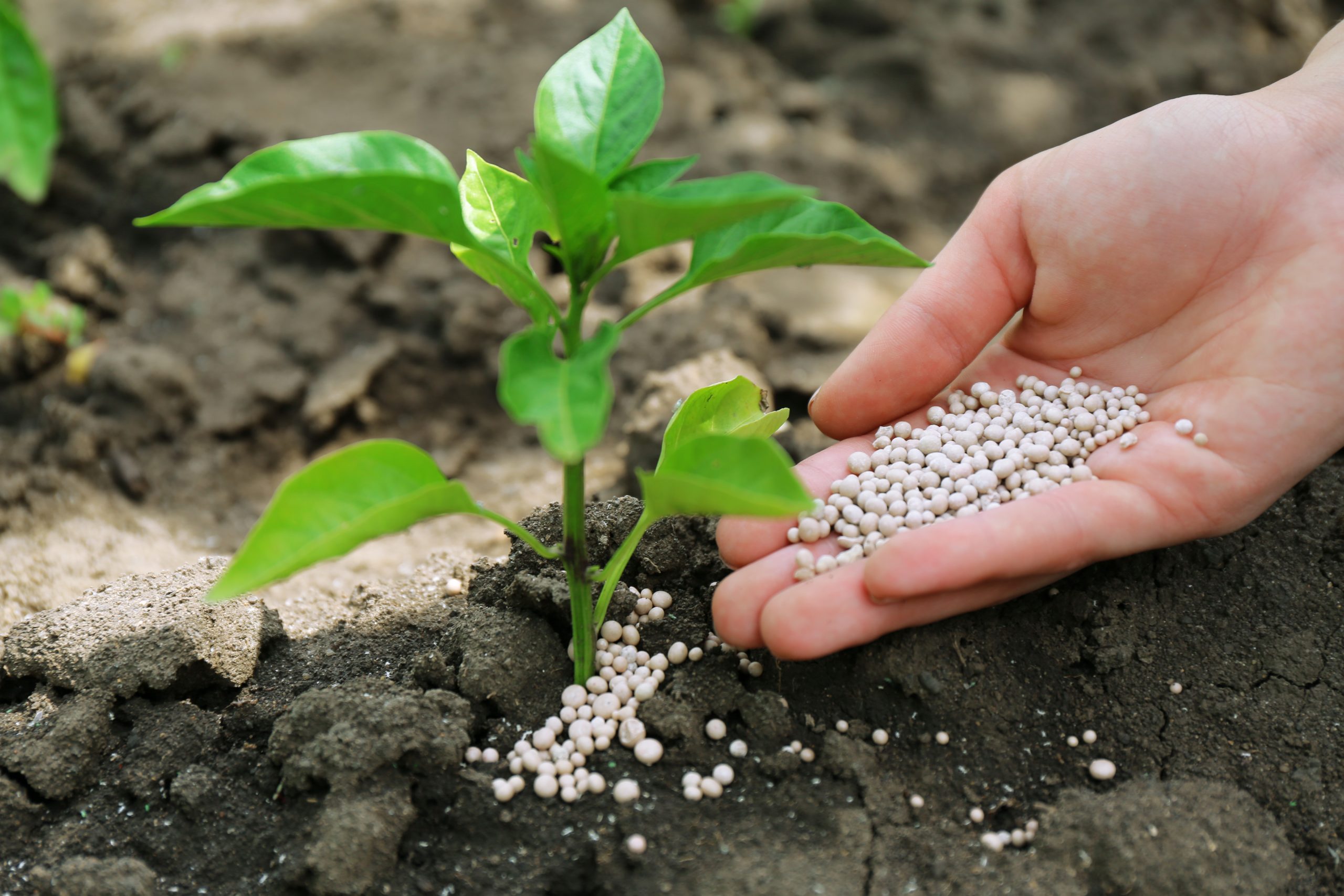 A well rounded program
A well rounded program
When growing Chillies from seed to fruit in one season, it’s important to establish a well-rounded fertilisation program to provide the necessary nutrients for healthy plant growth and fruit production.
In the initial stage, when planting chilli seeds, no additional fertilization is required. The seeds contain sufficient nutrients for successful germination. Plant them in seed starting pellets, such as coco coir or a fertilizer-free seed starting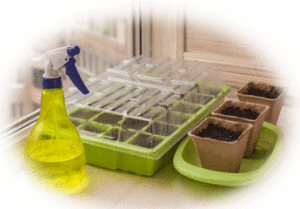 potting mix.
potting mix.
Sow your Chilli the seeds into your seed starting medium and add water. that is all that is required.Once the seedlings have germinated and developed their first true leaves (dicotyledons), they may require additional nutrients (albeit at very low levels). However, it is important to note that the seedlings can still sustain themselves from the stored nutrition in the seed endosperm. Fertilisation during this stage is not necessary, but if desired, use a diluted fertilizer solution at reduced concentrations to provide a gentle nutrient boost.
If you decide to go this route use a liquid fertiliser with an extremely low NPK. It should be in the region of 1-1-2. Fertilisers like this can be bought ready mixed or made by diluting products like Chilli Focus . Another alternative is to dilute liquid tomato feed.
Read more

Based on my experience this Chilli growing season, I believe I have found some of the best Chillies to grow in the UK. I say this because as at this point in the season, I have some seedlings that are doing exceptionally well. Even though they were planted at roughly the same time as the other varieties, they are just streets ahead.
These Chillies – my Cherry Chilli and a Rocoto – are so far ahead of the others; they are already in one-litre pots. My other top performers – another Cherry Chilli, three other Rocotos and three Madame Jeanettes , are still in two and three-inch pots. I expect to pot these seedlings on in the not-too-distant future.
My mega star performers, the Cherry Chilli and the tallest Rocoto, have already been potted on twice. Firstly, they were potted on into three-inch containers, after reaching two inches in height. Once they were three inches tall, they were transplanted into one-litre pots. They will now remain in these pots until they get hardened off. After that, they will be replotted into their final containers, where they will spend the rest of the season
Once seedlings are potted into one-litre pots, I start feeding them with a fertiliser higher in nitrogen. Before being potted- on into these larger containers, they would have been fed with Chilli Focus at a dilution of 2.5ml per litre of water. This is all the fertiliser they would have needed, as up to then, they would have absorbed nutrition from the potting soil in their containers.
However, now that these plants are in one-litre pots, it is essential that they get more fertilisation. So I feed them with a liquid fertiliser with an NPK of 7: 1.3: 4.2. It is a fertiliser with a high nitrogen content. I specifically use it to develop these plants’ foliage and general health until they get hardened off. After that, fertilisation will be changed again to achieve other objectives, like improved flower setting and fruiting.
Read more
 When is fertilising Chillies first required?
When is fertilising Chillies first required?
The Chilli seeds I have recently started don’t need any fertilising. They were planted about a week ago and still need to germinate. So, will they need fertilisation after they sprout? The answer is a resounding no. Seedlings don’t need any fertilization until they have developed their first set of true leaves.
It is precisely for this reason that when you choose a seed starting mix, it should have as low an NPK as possible. I use my own seed starting mix to start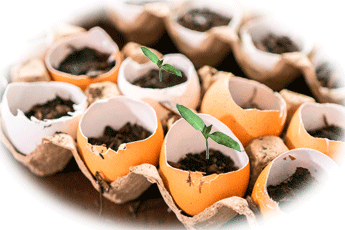 seeds. It consists of seed-starting compost with an NPK of 3.4-1-1.5 and worm castings with an NPK of 1: 0: 0. This is pretty low, but even at these levels, the mix could be higher than it needs to be. The seedlings just don’t need any fertilising at all. They can feed themselves through nutrition stored in the endosperm of the seed. This nutrition will be enough until the seedling decides it requires further nourishment.
seeds. It consists of seed-starting compost with an NPK of 3.4-1-1.5 and worm castings with an NPK of 1: 0: 0. This is pretty low, but even at these levels, the mix could be higher than it needs to be. The seedlings just don’t need any fertilising at all. They can feed themselves through nutrition stored in the endosperm of the seed. This nutrition will be enough until the seedling decides it requires further nourishment.
When this happens, the seedling will develop its first set of true leaves to begin photosynthesis. It will also expand its root system to extract nutrients from its growing medium. This is precisely when additional fertilisation needs to be added. Not too much though. Over-fertilising Chilles can be bad for seedlings. Caution needs to be exercised
Read more

Great tips for growing Chillies
Growing Chillies is a great hobby, but it is not without its challenges. Just when you think you have everything nailed, something else pops up. If it’s not that you have overwatered your Chillies. It’s that you have let them dry out. If it’s not problems with pests, it’s yellowing of leaves or ripening complications, etcetera, etcetera, etcetera. It’s what makes it fun.
I have been growing Chillies for about eight years now. While I am no expert by any sense of the imagination, I have learned quite a bit about growing them. Much of my knowledge has been gained by doing research, but I have also developed my growing skills through simply growing Chillies. I figure things out as they happen. It’s probably been the best way to learn
any sense of the imagination, I have learned quite a bit about growing them. Much of my knowledge has been gained by doing research, but I have also developed my growing skills through simply growing Chillies. I figure things out as they happen. It’s probably been the best way to learn
In my years of growing Chillies, certain things stand out repeatedly. These are the fundamentals of growing these plants. Get them wrong, and you will not be successful. For example, the fact that Chillies don’t like too much water is something that is virtually written in stone. Another fundamental principle is that Chillies, as a general rule, grow better in warm weather. These and other considerations go to the very core of growing Chillies successfully
I want to share some of my top tips for growing Chillies in this post. It will give advice on what precautions to take, provide solutions, and recommend how to avoid some of the most common problems I have encountered in growing Chillies
Read more
 Seed starting with worm castings
Seed starting with worm castings
In my latest series of posts on growing Chillies, I took an in-depth look into the finer details of starting seeds. I covered all aspects, from seed selection through to the first potting on. However, I only touched on the use of fertilisers. It is a base I thought I already had covered. After all, Chilli seedlings don’t need fertilisers until much later. They first need to develop their first set of true leaves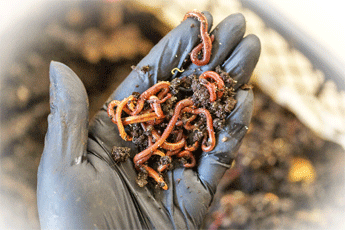 . When this happens, the seedlings are potted on. It is only at this stage that nutrients need to be considered.
. When this happens, the seedlings are potted on. It is only at this stage that nutrients need to be considered.
It was to my surprise that after researching worm castings, I discovered there may be a better way to do things. It seems worm castings have a fantastic role in seed starting. This is what I learned.
Worm castings are essentially “worm poo”, for the want of a better way of describing them. They are a fertiliser made by feeding waste vegetables and animal products to worms. The worms eat these waste products; it passes through their digestive systems, and you are left with castings.
The conventional wisdom is that seedlings have enough nutrients to carry them through to their first set of true leaves. They don’t need any additional nutrients before then. So, if that is the case, why would anyone want to change? The truth is, what I discovered made total sense to me. It seemed like I had found new ground, and it was something I just had to try. Here’s why.
Read more



 Balancing heat and flavour
Balancing heat and flavour of
of The best soil for growing Chillies
The best soil for growing Chillies plants the best chance to flourish.
plants the best chance to flourish.


 healthier growth in these plants.
healthier growth in these plants. A well rounded program
A well rounded program


 When is fertilising Chillies first required?
When is fertilising Chillies first required? seeds. It consists of seed-starting compost with an NPK of 3.4-1-1.5 and worm castings with an NPK of 1: 0: 0. This is pretty low, but even at these levels, the mix could be higher than it needs to be. The seedlings just don’t need any fertilising at all. They can feed themselves through nutrition stored in the
seeds. It consists of seed-starting compost with an NPK of 3.4-1-1.5 and worm castings with an NPK of 1: 0: 0. This is pretty low, but even at these levels, the mix could be higher than it needs to be. The seedlings just don’t need any fertilising at all. They can feed themselves through nutrition stored in the 
 Seed starting with worm castings
Seed starting with worm castings . When this happens, the seedlings are
. When this happens, the seedlings are